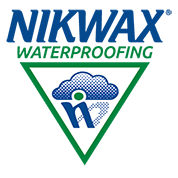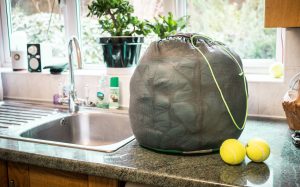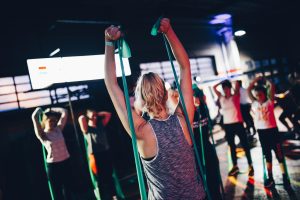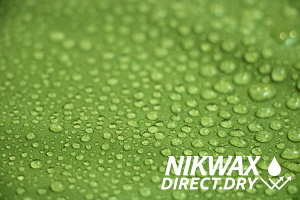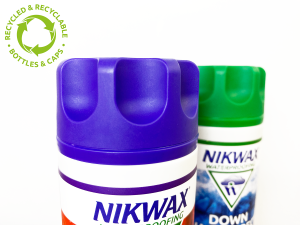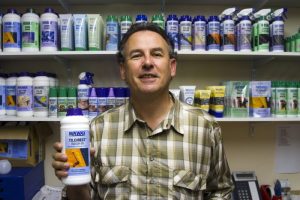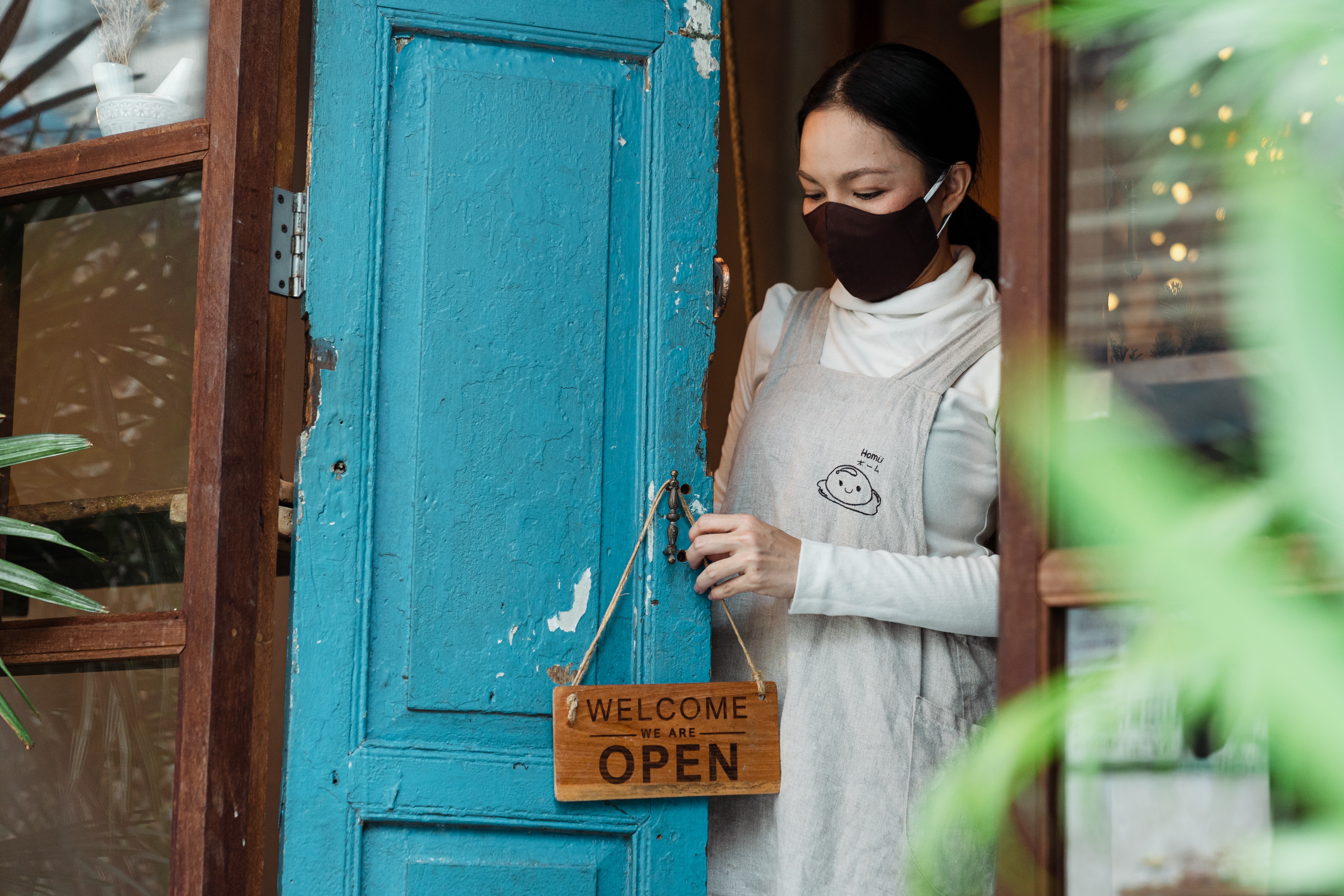
The global population is being encouraged to wear non-medical masks while in public, to reduce Covid-19 transmission. People are making their own masks – but some of them may increase the risk of infection, due to their lack of water repellency, and improper cleaning.
What types of masks are there?
There are two types of masks, with very different functions: respirators, and surgical masks.
Medical respirators, such as FFP3 masks, are designed to filter the air that is taken into the mask, and breathed by the wearer. Their primary function is personal protection of the wearer – many have exhaust valves that may spread infection, if the wearer is infected.
Surgical masks, on the other hand, are designed to prevent the wearer from spreading infection, by catching tiny droplets carried on the wearer’s breath, which may contain infectious particles. They do not filter most of the air being breathed in by the wearer.
The public is encouraged to wear reusable face coverings that function in the same way as surgical masks in areas where social distancing may not be easy to observe.
What do reusable face coverings and masks do, and how?
Reusable face coverings are designed to be a physical barrier between the wearer’s mouth and nose, and the external environment. A well-designed mask will stop droplets containing viruses and bacteria being spread on the wearer’s breath, and reduce the risk of transmission.
This is particularly important during the Covid-19 crisis as many people with the virus do not show symptoms – i.e. they are asymptomatic and can significantly spread the virus without realizing!
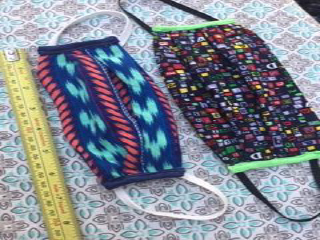
Choosing fabrics and components
A face covering, or mask can only stop a droplet travelling at high-speed on the wearer’s breath if the fabric has a tightly woven construction, and is resistant to air. This means materials have to be chosen carefully… An old piece of an outdoor jacket, or some quilting fabric may work well. A sock, or other more loosely woven fabric wouldn’t work as well. A good test is to put a piece of fabric over your mouth – if you can easily blow through it, it will not perform well. The more resistance, the better… However, if the fabric is completely windproof, depending on the fit, you may struggle to breathe!
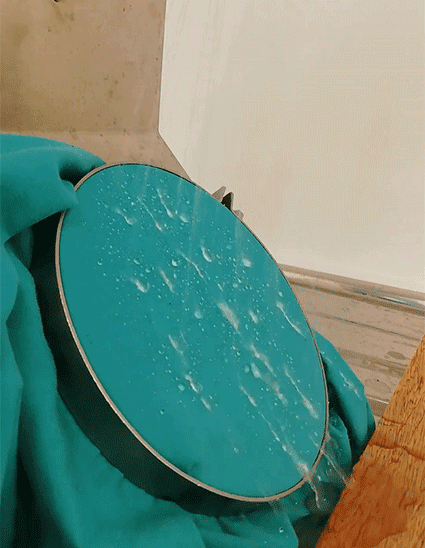
Water repellency is vital – while this type of mask is not designed to offer protection to the wearer, if they soak up water, viruses and bacteria can travel through the moisture from the outside of the mask to the inside and infect the wearer. Damp masks will also be uncomfortable to wear, and potentially reduce your ability to breathe through the mask.
It’s important to avoid components that may absorb water for this reason too – using coffee filters or paper towels in the hope of filtering air is likely to compromise your protection, rather than enhance it. For adding water repellency to a fabric while maintaining the breathability, Nikwax TX.Direct Wash-In is ideal for fully synthetic fabrics, and Nikwax Cotton Proof is best for cotton, polycotton and canvas. These can be applied by hand, or in the washing machine.
Looking after reusable masks and face coverings
It’s important to keep your mask clean and sanitized after each use to prevent infection. High temperature is known to destroy viruses (such as covid-19) and bacteria: a long wash cycle in your machine at 60+℃ (140+°F) will sanitize fabrics, or submersion in freshly boiled water for at least 15 minutes. Use Nikwax Tech Wash to clean while maintaining any water-repellency you may have on your mask, as household detergents are harmful to water-repellency.
You won’t need to waterproof your mask or face covering each time you use it. Test the fabric for water repellency by dropping some water onto the surface – if the water ‘beads up’ the mask is ready for use. If it soaks into the surface, it is time to re-treat the fabric with Nikwax TX.Direct or Nikwax Cotton Proof (depending on the fabric).
Remember…
Nikwax is designed for use on your outdoor gear.
The chemistry in Nikwax is screened for safety – but as with all laundry products, there is a small risk of adverse reactions.
Use of Nikwax products on face coverings and masks is entirely at your own risk – the products have not been designed or tested for this purpose.
Using a face covering or mask does not replace the need for social distancing and frequent hand-washing, these are still vital steps to staying healthy.
